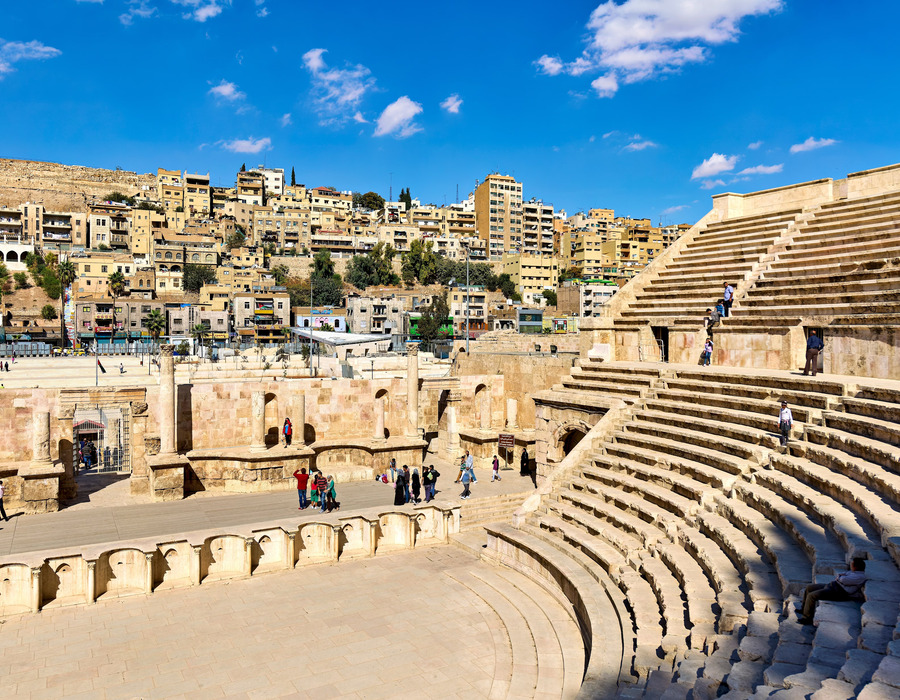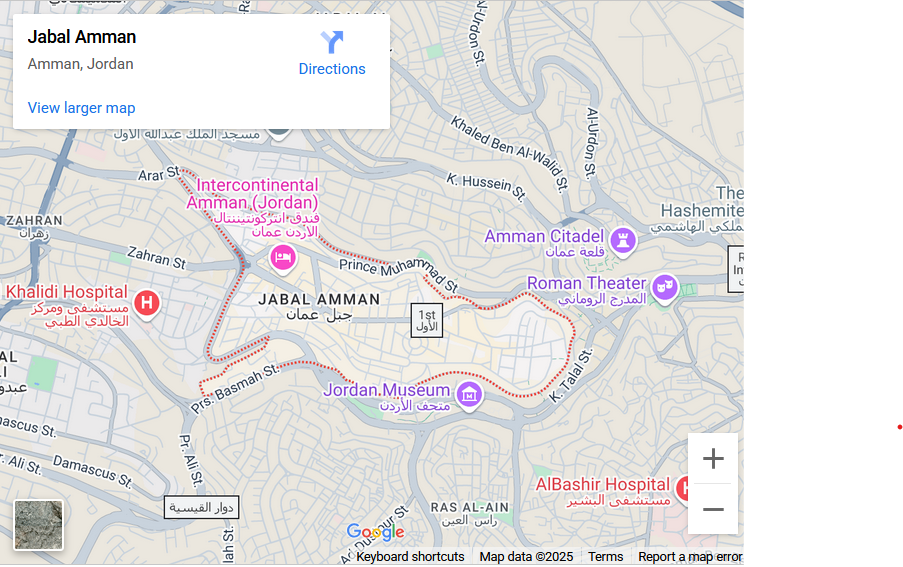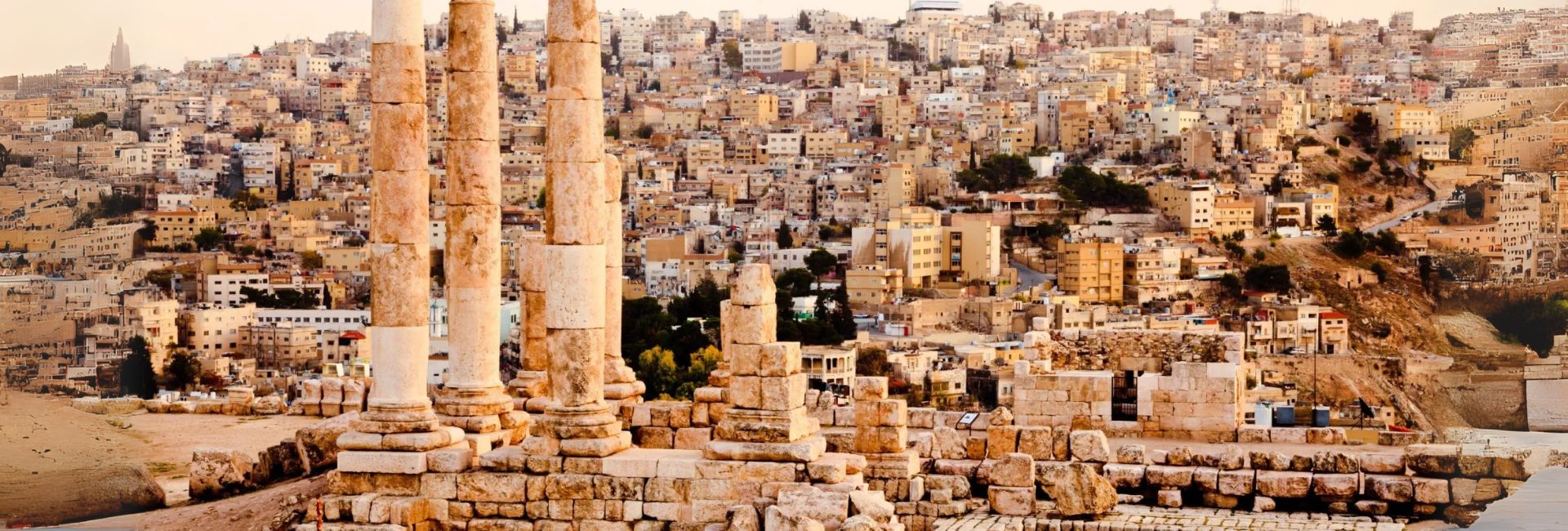I still remember the moment our plane touched down at Queen Alia International Airport. I had left Chandigarh that morning—saying goodbye to the sound of traffic, the smell of paneer tikka cooking on street stalls, and my family’s laughter over chai. By late afternoon, I was in Amman, Jordan, holding my small suitcase and a notebook filled with a few Arabic phrases: Marhaba (hello), Shukran (thank you), and Kam thamanuhu? (How much is this?). My new life as an expat had begun.
Stepping outside into the warm air, I felt both excited and nervous. Amman’s streets climb up and down gentle hills, and most of the buildings are painted white. My driver took me past the old Citadel on a rocky hill and down to Jabal Amman, where I would live for the next year. My apartment was simple—two bedrooms, a small kitchen, and a window that looked out over the city and the desert in the distance.

During those first weeks, everything felt unfamiliar. I could hear the call to prayer five times a day coming through loudspeakers. I tried to learn how to buy groceries at the local market—how to pick the ripest tomatoes, how to bargain a little over figs, and which olive oil tasted best. I carried my notebook everywhere, always ready to write down a new word or phrase.
Work helped me feel more at ease. I joined a consulting firm as a project manager, helping Jordanian companies use new digital tools. My teammates were from Jordan, Egypt, Lebanon, Nepal, and other countries. They welcomed me with warm smiles and cups of sweet tea. Even when we didn’t share the same words, we shared laughs that made us feel connected. One afternoon, Riya—a software engineer from Mumbai I met at a company lunch—put her hand on my shoulder and said, “Amman can feel overwhelming, but you’re doing great. Soon this will feel like home.” Her words stuck with me.

Knafeh
After work, I loved exploring the city. I found a favorite street lined with cafés and art shops. Every evening, people came out to walk around, sip coffee, or smoke shisha. I tasted a falafel wrap stuffed with crunchy chickpeas and discovered knafeh, a sweet cheese pastry soaked in syrup that quickly became my favorite dessert. One night, a friend invited me to try mansaf, Jordan’s national dish: lamb cooked in yogurt sauce, served over rice. Eating with my hands from a shared platter, I realized how food here brings people together.
Weekends turned into little adventures. One day in spring, I rented a car and drove to Madaba to see ancient floor mosaics in a church. The next weekend, I went down to the Dead Sea and floated on its salty water, the sun on my back and the desert stretching out behind me. These trips reminded me how much history and natural beauty Jordan has.

Dead Sea
But there were hard moments too. I missed Chandigarh’s green fields, my mother’s cooking, and speaking Punjabi with my family. Video calls helped, but the time difference meant I sometimes woke up to missed messages. I learned to accept homesickness as part of this adventure—a sign that I had taken a big step.
Slowly, I built new routines. I started running every morning along a main street before sunrise. I found a small Indian grocery store tucked behind a mosque where I could buy basmati rice, spices, and mango pickle. I joined a WhatsApp group of other Indians living here. We celebrated Diwali together in someone’s living room, lighting small candles and sharing sweets. Talking with them, I felt less alone.
I also tried to join in Jordanian customs. When Ramadan came around, I joined my coworkers at iftar—the meal that breaks the daily fast. Sitting together at sunset, sharing lamb stews and dates, I felt part of something bigger. The kindness of people who invited me showed me the strong sense of community here.
Learning Arabic was a challenge. The language’s sounds felt strange at first, and I made mistakes. Once, I asked for koshari—an Egyptian dish—at a café in Jordan. The waiter laughed and brought me hummus with olives instead. I laughed too, knowing that mixing things up was part of learning.
As the months passed, Amman began to feel like home. I found a quiet coffee shop where I could sit with a cup of strong Turkish coffee and watch people walk by. I cheered with Jordanians in a packed café during a World Cup match. On Jordan’s Independence Day, I watched fireworks light up the sky from a viewpoint on Rainbow Street. These small moments added up and gave me a sense of belonging.

Rainbow Street
Now, looking at my apartment—family photos on the fridge, a shelf full of dictionaries, and jars of spices from India—I see how my life here blends the old and the new. Living in Amman is different from Chandigarh, but it has its own rewards. I’ve learned that moving to a new country can be both scary and exciting, and that every new friend, each meal shared, and every new word learned helps you create a home far away.
I still think of home often, but I also treasure what I’ve built here. Amman has given me stories, friendships, and a deeper understanding of how connected we all are. Leaving Chandigarh wasn’t about leaving my roots behind—it was about growing new ones in a place rich with history and warm-hearted people.

Also Read: From India to Korea: An IT professional’s journey of finding home in Seoul
